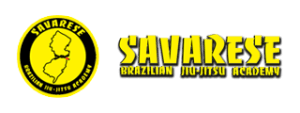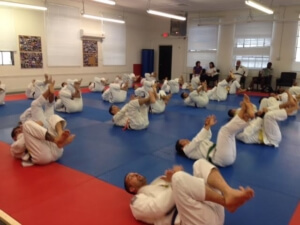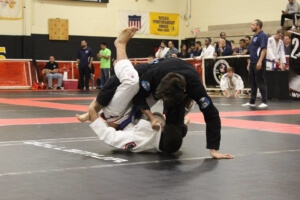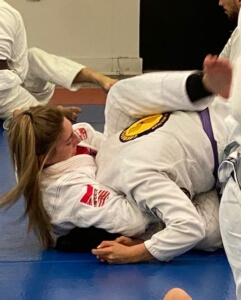Offensive and defensive initiative from BJJ guard
Offensive and defensive initiative from BJJ guard
Offensive and defensive initiative from BJJ guard. This is a question I always get. There are 2 different kinds, offensive and defensive opening moves from guard. Whenever you are in a competitive match with a skilled opponent and making use of guard position, there will be times your opponent has the offensive first move and is fighting to pass, and you are primarily defensive. Sometimes, you are fighting only to retain your guard with no thought of offense. Then, there will be other times where you have the offensive first move. Maybe you are trying to sweep or submit your opponent and he is in defensive mode with no thought of passing. So, usually it goes back and forth until there is a score. Furthermore it is very important that you fight to finish every defensive period with a transition into some form of guard that enables you to enter into an offensive period. Any BJJ practitioner cannot just continually play defense or try to retain their guard (guard retention.) Any good opponent will eventually crack even the toughest walls, and if and when they do pass your guard, they will surely win a decision. Every cycle of defense/retention must be followed by an immediate switch into an offensive cycle where you carry the fight to your opponent. You have to find your game and at the completion of every act of retention, go straight into counter offense to start your own period of offense. Leglocks are great for this. Whatever method you choose, make sure follow each period of defense/retention with your period of offense/sweep/submission – that way you will carry the fight to your opponent rather than just getting worn down over time by continuous defense.
if you like this article, please check back tomorrow for more tips at www.njbjj.com




